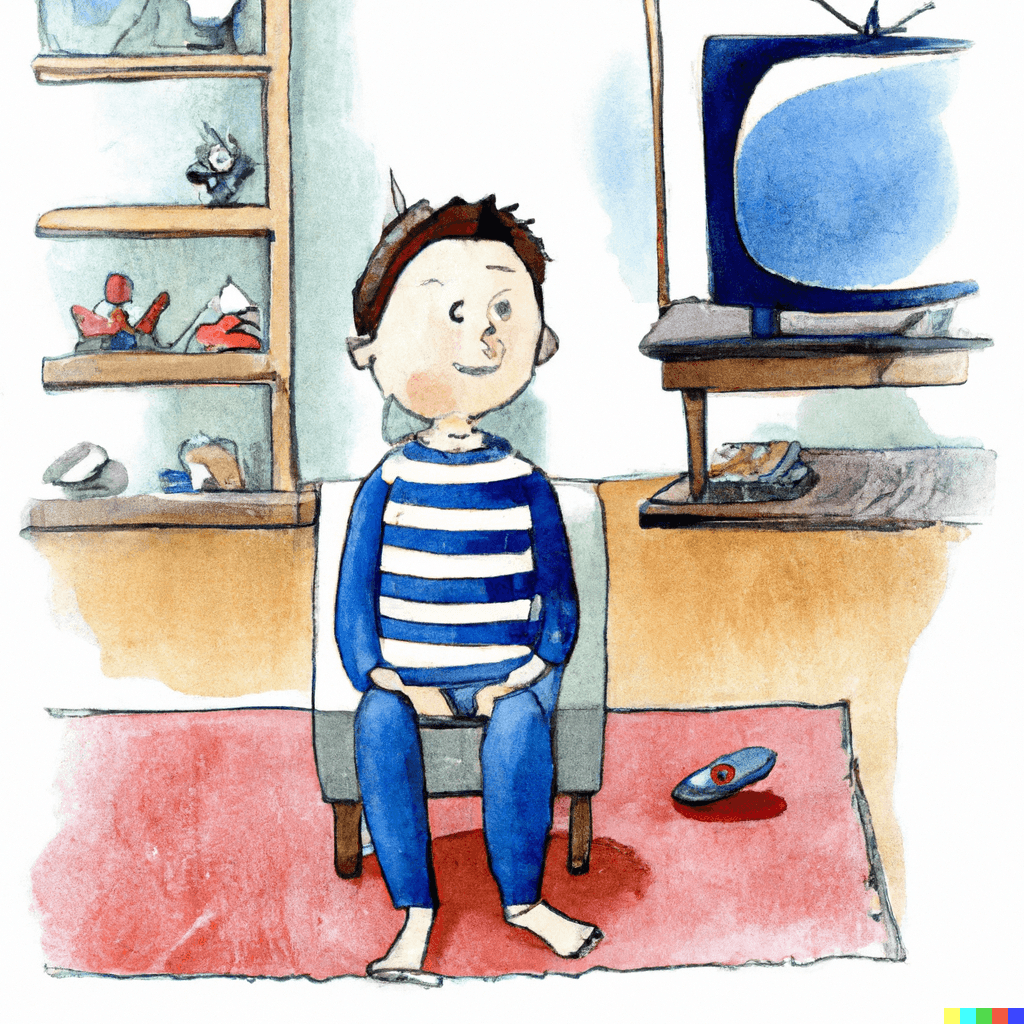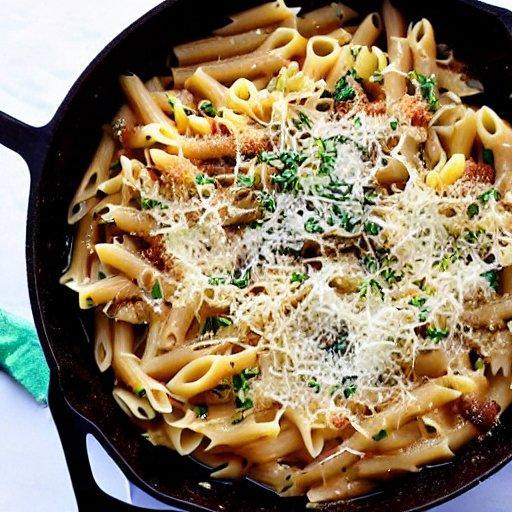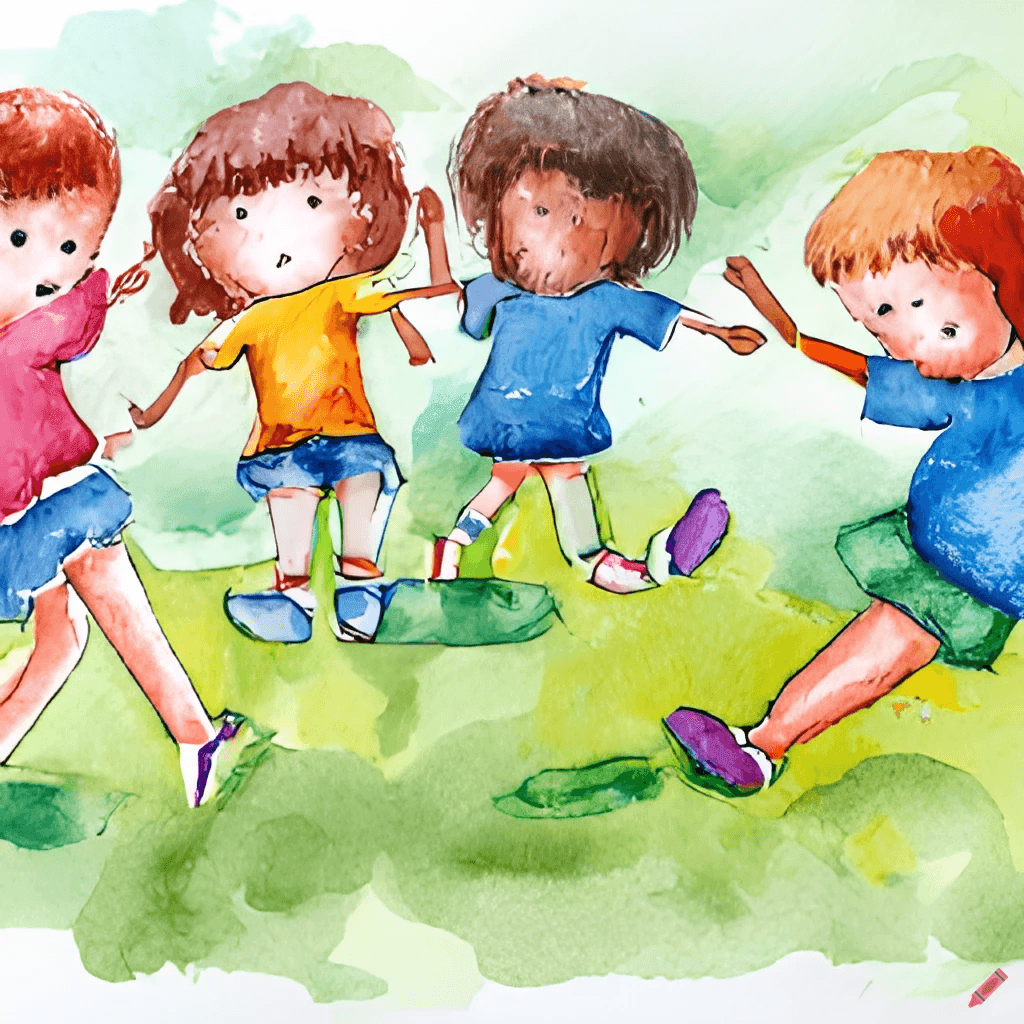- Normal baby poop can have a lot of different shades and consistencies.
- Your baby will have his first poop (a greenish-black, tarry, sticky substance called meconium) within 24 hours after birth.
- If your baby is exclusively breastfed, her poop will be yellow or slightly green and have a mushy or creamy consistency.
- Formula-fed babies have pasty, peanut butter-like poop on the brown color spectrum.
- Green poop is usually completely normal.
- Call the doctor any time your baby starts to poop more or less often than is typical for him, or whenever you see anything unusual in your baby's diaper.
When it comes to baby poop, most new parents don't know what to expect and may find they have a lot of questions! How often should your baby poop, and what should it look like? Does breastfed baby poop smell? Is green baby poop normal? Baby poop has so many shades and consistencies that even experienced parents may not have seen them all.
This complete guide to baby poop describes the various types of baby poop and explains what's normal and what's not as your newborn drinks breast milk or formula and starts eating solids. You'll also find out when not to worry and what's cause for concern.
What does newborn poop look like?
Your baby will most likely produce his first poop within 24 hours after birth. For your baby's first few poops, expect to find a greenish-black, tarry, sticky substance (meconium) that looks like motor oil in your newborn's diaper. Because meconium is made of amniotic fluid, mucus, skin cells, and other stuff ingested in utero, it doesn't really smell – so you may not realize it's time for a diaper change.
When your baby is 2 to 4 days old, his poop will become lighter in color and less sticky. This transitional stool is a sign that he's started digesting early breast milk or formula and that his intestinal tract is working as it should.
Does breastfed baby poop look different than formula-fed poop?
If your baby is exclusively breastfed, her poop will be yellow or slightly green and have a mushy or creamy consistency. It may be runny enough to resemble diarrhea. Breastfed poop typically looks like Dijon mustard and cottage cheese mixed together, and it may be dotted with little seed-like flecks. Interestingly, most parents find that it doesn't smell half bad.
There are many shades of normal when it comes to breastfed poop. For example, your baby's poop may have a green hue, which could signify that you ate something different than usual. But if your baby isn't experiencing any other symptoms, there's no need to worry.
Formula-fed babies have pasty, peanut butter-like poop on the brown color spectrum: tan-brown, yellow-brown, or green-brown. It smells a little more pungent than poop from breastfed babies and a little less pungent than poop from babies who are eating solid food, but you'll notice it and realize it's time for a diaper change.
How often should my baby poop?
Normal pooping patterns vary widely among babies: Some poop after every meal, and some only once or twice a week. What's most important is that your baby's poop is coming out reasonably soft.
Breastfed newborns often poop after every feeding (roughly six to 10 times a day), but after three to six weeks, they typically slow down and start having bowel movements less frequently. Some breastfed babies may only have one bowel movement a week. That's because breast milk passes through your baby's digestive system without leaving much solid waste.
Formula-fed babies, on the other hand, should poop at least once a day.
There's no need to worry if your baby's pooping pattern stays fairly consistent and he's acting like his usual self.
Is green baby poop normal?
Usually, yes. Your baby may have green poop if you're breastfeeding and taking medication, when your baby is on medication, or when she is ill with a stomach virus or cold, for example. If you're breastfeeding, green poop could also indicate a milk allergy or sensitivity to your diet. But in an otherwise healthy baby, green poops are usually normal.
If you see bright green and frothy or foamy poop in your breastfed baby's diaper, almost like algae, she's probably getting too much low-calorie milk that comes first in a feeding (foremilk) and not enough of the good higher-fat stuff (hindmilk). It could also mean that you're not feeding her long enough on each breast, so try starting each feeding on the breast you ended on last time.
Also, if you give your baby an iron supplement, her poop may turn dark green or almost black. This doesn't happen often, but it's a completely normal variation.
How does baby poop change once we start solids?
Once you start changing your baby's input to solid foods – infant cereal, pureed bananas, and so on – you'll almost instantly notice a change in his output, especially if he's breastfed.
Poop from babies who eat solid food tends to be brown or dark brown and thicker than peanut butter, but still mushy. It's also smellier.
Occasionally your baby's poop may be tinged a surprising hue, like red, orange, or even dark blue if you give your baby pureed blueberries. Red could be from eating beets, while orange suggests carrots.
Once he starts certain solids, you may even see identifiable chunks of food in your baby's poop. Not to worry! You're probably seeing this because certain foods are only partially digestible or travel so quickly through the intestines that they don't have time to completely break down. It also happens when your baby eats a lot of one type of food.
What changes in baby poop could signal a problem?
What you find in your baby's diaper can give you important clues about what's going on with her health. Some common conditions related to baby poop include:
Diarrhea. In babies, diarrhea is very runny and appears to be made up of mostly water. It can be yellow, green, or brown and can seep or "explode" out of the diaper. Baby poop can often be runny, but you can tell it's diarrhea if there's a sudden increase in frequency (to more than one bowel movement per feeding). Diarrhea can be a sign of an infection or allergy, or it can also be from a change in your diet (if you're breastfeeding your baby). Untreated diarrhea can lead to dehydration.
Constipation. On the other hand, if your baby's poop is hard and looks like little pebbles, she's probably constipated. Your baby may be visibly uncomfortable when she's pooping, and the poop may even be tinged with blood from irritating the anus on the way out.
Constipation often happens when babies are first starting solid foods, or it can be a sign of milk or soy protein sensitivity or intolerance to something in breast milk or formula. Your doctor may recommend giving your baby water to help move things along.
Dehydration. Whether you breastfeed or use formula, if your baby has hard or very dry stools, it may be a sign that she is not getting enough fluid or is losing too much fluid due to illness, fever, or heat.
Stringy poop. Greenish poop streaked with shiny, glistening strings means there's mucus in it. This sometimes happens when a baby is especially drooly because mucus in saliva often goes undigested. Mucus in poop is also a telltale sign of an infection or allergy.
Bloody poop. Bright red blood can show up in baby poop for a few different reasons:
- Normal poop tinged with red blood is often a sign of a milk protein allergy.
- If your baby is constipated, a hint of red blood in poop is likely the result of tears in the anus or tiny hemorrhoids.
- Diarrhea mixed with red blood can indicate a bacterial infection.
Sometimes the blood in a baby's poop looks black, which means it's been digested. If you're having breastfeeding difficulties and see this digested blood in your baby's diaper (usually in little flecks that look like black poppy or sesame seeds), it's often from swallowing blood from your cracked and bleeding nipples.
When should I call the doctor?
As a general rule, call the doctor any time your baby starts to poop more or less often than is typical for him, or whenever you see anything unusual in your baby's diaper. For example, call your doctor if:
- Your baby seems uncomfortable or unhappy when pooping.
- Your baby is 3 months old or younger and has more than two diarrhea-filled diapers, or continues having diarrhea for longer than a day or two.
- You see blood in your baby's diarrhea.
- Your see mucus in your baby's diaper for longer than a day or so, or your baby has any other symptoms along with mucus in his poop.
- Your baby's poop looks blackish and he's not taking an iron supplement. (His doctor may want to make sure it's not digested blood, or melena.)
- You see flecks of digested blood that look like poppy or sesame seeds in your baby's poop, especially if you're having breastfeeding difficulties.
- Your baby has hard pebbly stools in his diaper three or more times.
- Your baby eats solids and consistently has undigested food in his poop. (His doctor may want to check to make sure his intestines are absorbing food and nutrients properly.)
Some rare types of baby poop could suggest a more serious problem. These happen infrequently, but get medical attention right away if your baby has:
- Thick black poop (made up mostly of digested blood) that's dark and tarry like meconium but a bit firmer and less sticky.
- Poop consisting almost entirely of red blood, known as "currant jelly" poop, which indicates a severe intestinal problem.
- White or pale, chalky, clay-colored poop (acholic poop) that signals liver or gallbladder failure. It looks and feels similar to tan or whitish modeling clay.
Source: https://www.babycenter.com/








